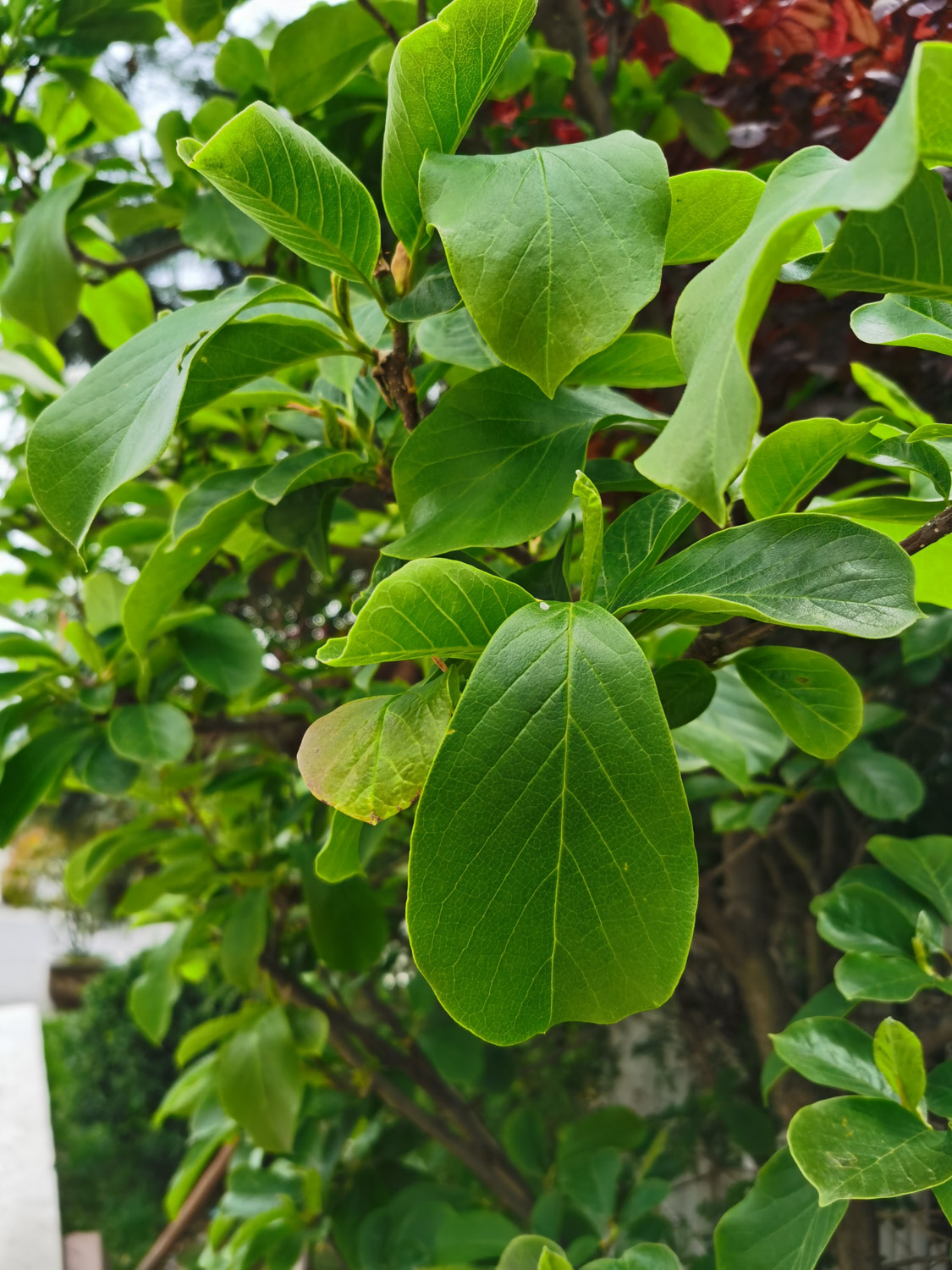1、 Curing method
1. Temperature: it has strong cold resistance and can withstand zero temperature. It can be planted in both north and south. It also has strong high temperature resistance and can be planted in green space. The growth temperature range is 0 ° C to 35 ° C. as long as it is in this temperature range, the plant can grow normally

2. Watering: the time of watering is not fixed and there is no fixed frequency. You can give it when the soil is dry. You need to water enough every time to avoid ponding in the soil. If you water too much, it will lead to root rot and other health conditions. If the curing temperature is too high, it can be cooled by spraying water

3. Fertilization: during the growth period, fertilization is required once a month. Before flowering, sufficient nutrients are required. At this time, fertilization can be applied once or twice a month. After the flowers wither, topdressing is required about three months later. The purpose is to ensure the nutrients of the plant for winter, so that it can grow better and produce more flowers in the future

4. Light: light is very important for its growth. The daily light time cannot be less than eight hours. It can withstand strong light, so there is no need to shade when the light is strong

2、 Breeding skills
1. Reproduction: it can be cultivated by high-pressure reproduction. Around July every year, select the strong branches with thin ring skin, and then close them with the split bamboo tube. The bamboo tube is filled with humus soil, which will take root in about two months. Then cut it away from the mother plant and put it into new soil for cultivation

2. Pruning: generally, large open plants do not need pruning. The varieties that need pruning refer to potted plants. When the potted plant grows to the required height, reduce the redundant branches and leaves, especially the lateral branches. Reducing the redundant lateral branches can promote the development of new branches and leaves

3、 Problem diagnosis
1. Insect pest: it is easy to be infected with aphids. If it is found to be infected with aphids, it can be sprayed with soot water once or twice a week

2. Yellowing of branches and leaves: if the branches and leaves of the plant are found to be yellowing, it is likely that it is due to insufficient light, and its demand for light is very large. The solution to the above problems is to increase the illumination

4、 Other issues
1. Toxicity: it is not toxic. It is not only non-toxic, but also rich in amino acids and vitamins. It can be processed into snacks or medicine

2. Whether it can be cultivated in family: potted varieties can be cultivated indoors. When breeding, we need to pay attention to the illuminance and can be cultured in sunny places such as balconies and windows


 how many times do yo...
how many times do yo... how many planted tre...
how many planted tre... how many pine trees ...
how many pine trees ... how many pecan trees...
how many pecan trees... how many plants comp...
how many plants comp... how many plants can ...
how many plants can ... how many plants and ...
how many plants and ... how many pepper plan...
how many pepper plan...































